Reducing material waste in slitting machines through parameter optimization is a systematic project that involves multiple aspects such as equipment, materials, processes, and personnel. Here are detailed strategies and steps that can help you significantly reduce waste and improve production efficiency.
1. Understanding the Source of Waste Identification
First, the main types of material waste in the slitting process must be clarified in order to optimize in a targeted manner:
1. Edge Trimmings: The sections on both sides of the raw material that must be cut to obtain the desired width of the finished product. This is unavoidable, but can be minimized.
2. Splice Waste: When replacing a new coil, the two coils of material need to be connected at the end of the end, and this connection (lap or butt) will become waste after slitting.
3. Start-up/Set-up Waste: Materials that do not meet the quality standards generated during the equipment commissioning stage every time the machine is turned on and the product specifications (such as width, diameter) are changed.
4. Head & Tail Waste: The part of each master roll that cannot be used due to uneven winding or poor quality.
5. Process defects generated during the slitting process: including uneven cutting edges, serpentine running belts (serpentine), surface scratches, tensile deformation, broken belts, etc.
6. Core Waste: The coil leaves material on the coil core that cannot be continued to be slitted.
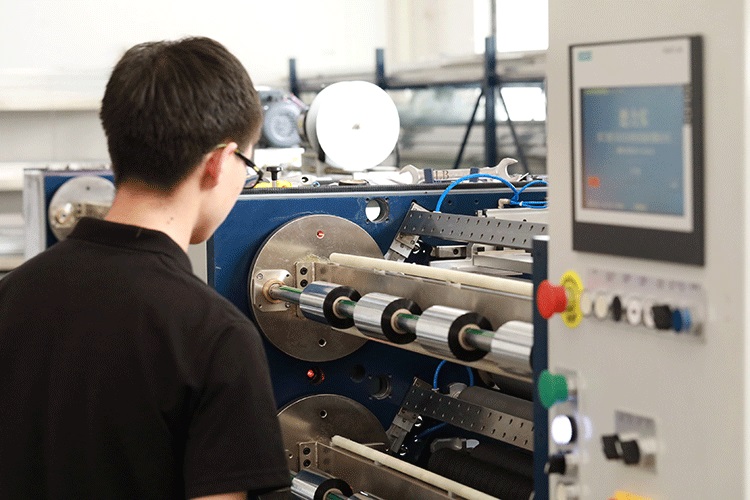
2. Key Parameter Optimization Strategies
For the above sources of waste, here are specific ways to reduce them through parameter optimization:
1. Width Optimization
This is the most direct and effective way to reduce trimming waste.
• Use optimized tool rowing software: Don't rely on manual calculations. Using professional slitting optimization software, input the width of the master roll and the width of the finished product for all orders, and the software will automatically calculate the tool row combination with the lowest scrap rate. Its core principles are:
◦ Maximize total width: The sum of all finished product widths + cutter thickness should be infinitely close to the master width.
◦ Reduce the number of knives: Reduce the number of slitting knives as much as possible on the premise of meeting the order, because for each additional cut, there is one more scrap (cut loss of cutting).
• Order consolidation and production sequencing: Concentrate the production of orders of the same material and specification, providing more width combination possibilities to the optimization software to find a better solution.
2. Tension Control Optimization
Improper tension is the main cause of process defects such as meandering, tensile deformation, and broken belts.
• Precise setting by zone: modern slitting machine has multiple control points such as unwinding tension, slitting tension, winding tension, etc. The tension of each zone must be set and fine-tuned independently according to the characteristics of the material (e.g. film, paper, foil), thickness and width.
◦ Unwinding tension: usually gradually increases as the roll diameter decreases (taper tension control) to keep the tension constant.
◦ Slitting tension: It should be sufficient to ensure that the material is straight, but it should not be too large to cause the material to stretch.
◦ Rewinding tension: the most critical. Taper control is also usually used, and the tension is gradually reduced as the winding diameter increases, so as to avoid crumpling (daisy pattern) or collapse of the core of the inner material.
• Use automatic tension control systems: Whenever possible, use closed-loop tension control systems equipped with servo motors or magnetic powder clutches, which are more precise and stable than mechanical brake control.
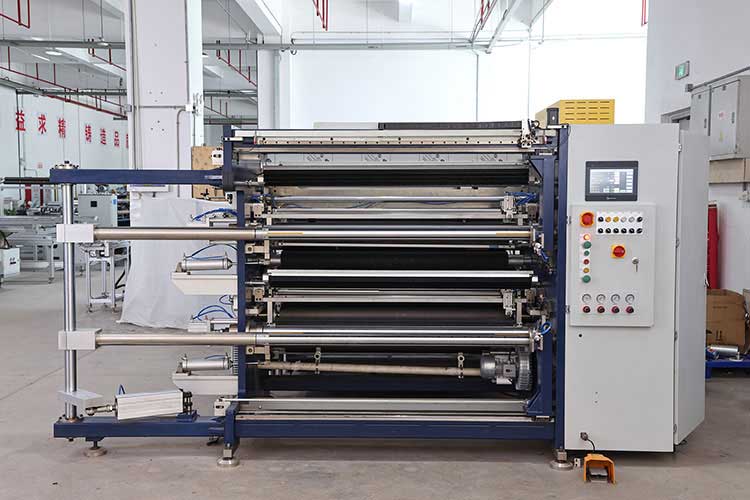
3. Knife Setup Optimization
The state of the insert directly affects the trim quality and tool life.
• Blade Type Selection: Choose the most suitable blade (straight knife, round knife, single edge, double edge) and material (carbon steel, ceramic, tungsten steel) according to the material. For example, ceramic blades are lighter and more wear-resistant, making them suitable for cutting thin films and high-fiber materials.
• Blade overlap and angle:
◦ Circular cutter shear: Adjusts the amount of overlap and depth of cut between the upper and lower blades. The depth of cut is usually 1/2 to 2/3 of the thickness of the material, and the amount of overlap is minimal. The parameters need to be adjusted according to the hardness of the material.
◦ Straight cut: Adjust the angle and height of the blade. Improper parameters can lead to burrs on the cut edges, powder loss, and even premature wear of the blade.
• Strict Blade Maintenance: Regularly inspect, sharpen, or replace blades. A blunt knife will tear the material instead of cutting it, causing poor edge quality and extra dust.
4. Winding Optimization
The quality of the winding affects the qualification rate of the final product.
• Pressure Profile: For equipment that uses roller winding, optimize the pressure curve of the roller. The initial pressure should ensure that the core can "bite" the material head, and then the pressure should change smoothly to prevent the situation of internal tightness and external looseness or internal looseness and external tightness.
• Taper Profile: Precisely sets the taper curve for the retraction tension. Different materials have different optimal taper values that need to be determined by experimental recordings.
• Alignment parameters: ensure the parallelism and alignment between the rewinding shaft, pressure roller, guide roller, which is the basis for preventing meandering.
5. Splicing Optimization
Reduce joint waste.
• Use high-performance tape splicers: Investing in high-quality automatic tape splicers can achieve narrower lap widths (or even butt connections), reducing scrap length per splice.
• Standardized joint operation: Operators are trained to form a standardized operation process to ensure that each joint is firm and aligned, and the first success is avoided, avoiding repeated waste caused by joint failure.

3. Beyond parameters: system management and technology upgrade
Parameter optimization is the core, but it also requires supporting management and technical support:
1. Data & Monitoring:
◦ Install an online monitoring system (such as CCD camera) to detect the quality of the slitting edge and surface defects in real time, and find abnormalities in time.
◦ Record waste data (meters or kilograms) for each production, analyze waste trends, and find the root cause of problems.
2. Personnel Training & SOP:
◦ Comprehensive training for operators to understand the impact of each parameter on product quality and waste.
◦ Establish standard operating procedures (SOPs), especially for key steps such as tool changes, start-up, and splicing, to reduce human error.
3. Preventive Maintenance:
◦ Regularly maintain the slitting machine and check the status of guide rollers, bearings and transmission systems. A device that runs smoothly is the basis for ensuring the stability of parameters.
4. Technology Upgrades:
◦ Consider upgrading older equipment. Modern slitting machines are usually equipped with:
▪ Fully automatic registration system: For patterned materials, it reduces waste due to misalignment.
▪ More sophisticated servo drive system: provides a more stable and faster tension response.
▪ Integrated central control system: Preset process parameters can be recalled at one click, reducing commissioning time and scrap.
Summary: Action steps
1. Measure the baseline: Start by accurately measuring the current amount of waste of various types to identify the main sources of waste.
2. Invest in software: Introduce slitting optimization tool rowing software to prioritize width planning waste.
3. Fine Adjustment: Focus on tension, winding, and blade parameters, conduct DOE (Design of Experiment) testing, find the best combination of parameters for different materials, and save them as recipes.
4. Intensive Maintenance: Establish a strict maintenance schedule for tools and equipment.
5. Train the team: Let the operator go from "simple execution" to "understand optimization".
6. Continuous Improvement: Continuously collect data and review it regularly to identify opportunities for further optimization.
Through the above comprehensive parameter optimization and management improvement, the material waste of the slitting machine can be systematically and continuously reduced, which can be directly transformed into considerable economic benefits.
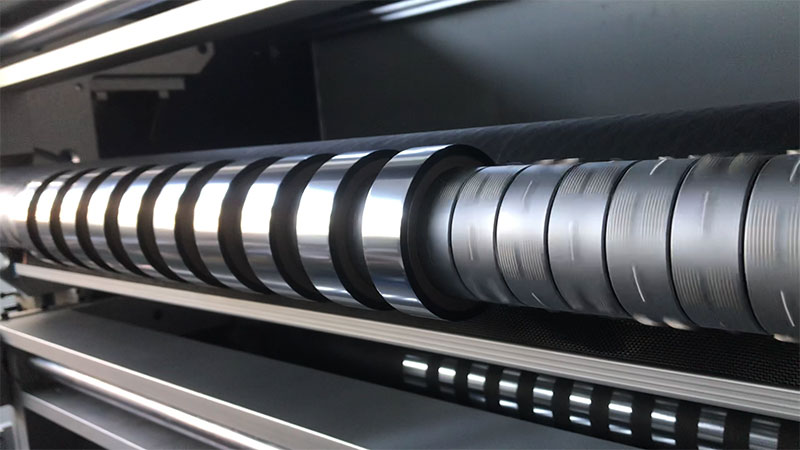 Reduced downtime: Reliability improvement solution for hot stamping foil slitting machines
Reduced downtime: Reliability improvement solution for hot stamping foil slitting machines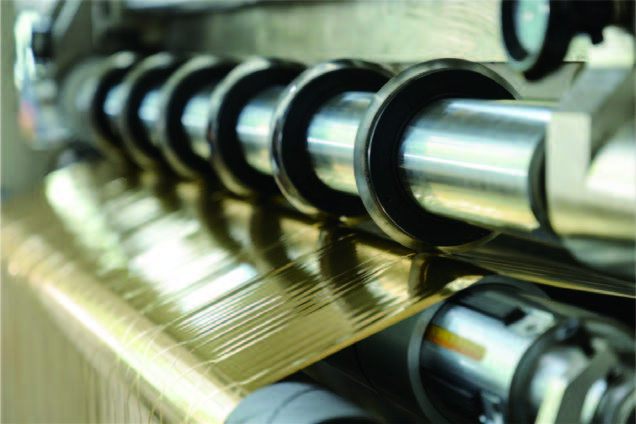 High reliability commitment: Durability testing and guarantee of hot stamping foil slitting machines
High reliability commitment: Durability testing and guarantee of hot stamping foil slitting machines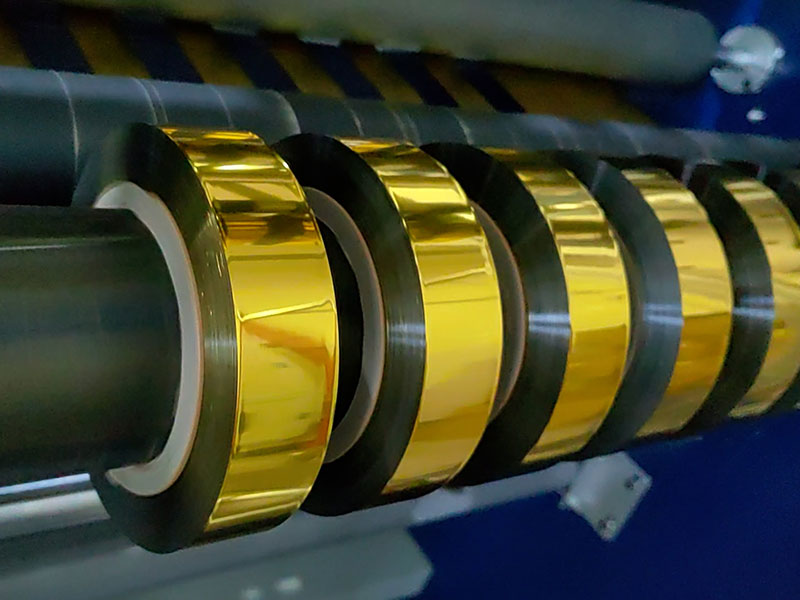 One-touch operation: Explore how hot stamping foil slitting machines can upgrade convenience
One-touch operation: Explore how hot stamping foil slitting machines can upgrade convenience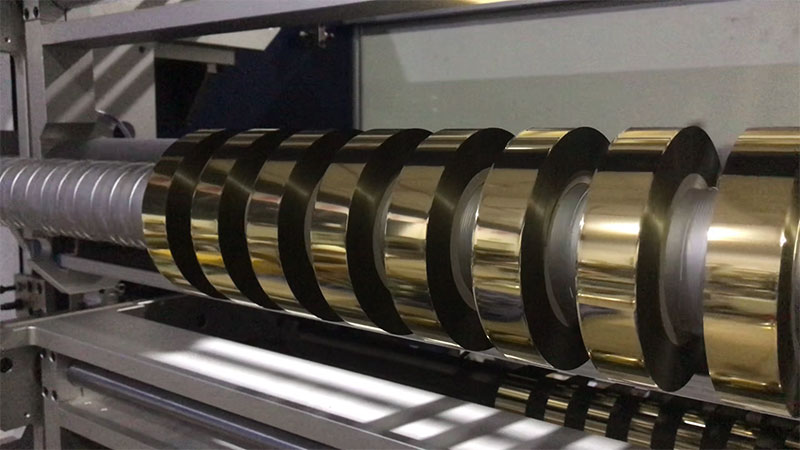 More convenient operation: user experience report of a new generation of intelligent hot stamping foil slitting machine
More convenient operation: user experience report of a new generation of intelligent hot stamping foil slitting machine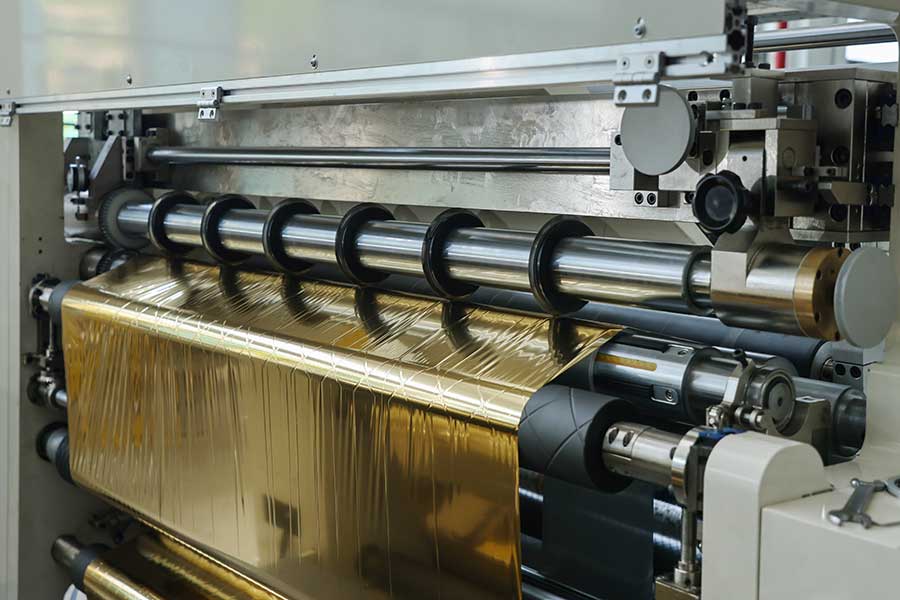 A complete guide to the purchase of hot stamping foil slitting machine: focus on five core issues
A complete guide to the purchase of hot stamping foil slitting machine: focus on five core issues